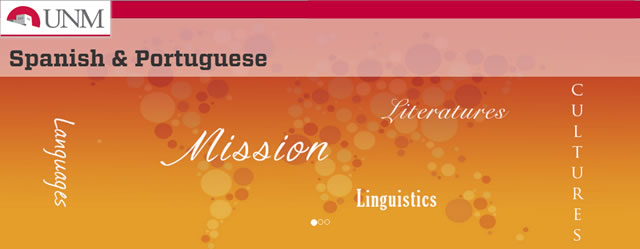
Spanish and Portuguese ETDs
Publication Date
11-28-2006
Abstract
This quantitative, diachronic study of variation between the Spanish Synthetic Future cantaré (Sf) and the Periphrastic Future voy a cantar (PF) tackles the development of these two expressions within and outside the realm of future temporal reference in Spanish since Old Spanish through the early 21st century. Working within the framework or grammaticization and variation theory, this study begins with a qualitative and quantitative form-based analysis of each form, based on over 5,500 tokens extracted from a 935.000-word written and oral corpus.
In the case of the SF, the relationship between SF occurrences in future temporal contexts and those in non-future epistemic contexts is addressed, and it is shown that these two contexts of use have statistically significant differences in distributional tendencies. In the case of the PF. which appeared with a relative frequency of just over 10% in the 17th-century data, it is argued that very few uses are not subsumed under future temporal expression.
The form-based analyses are followed by fom independent function-based analyses for each time period spanning the 17th through the 20th centuries, in which the factors conditioning SF-PF variation are examined. A comparison of these analyses reveals, first, a contextual generalization of the PF into erstwhile SF territory beginning in the 17th century, and second, a shift in the division of labor in future temporal expression as the SF loses and the PF gains default future status in the 20th century. A return to the form-based study offers insight into this shift, suggesting Lhat the increased use of SF in epistemic modal contexts (e.g. ¿Dónde estaría María ahora? 'Where might Maria be now?') perturbed the division of labor between the SF and PF. thereby altering the linguistic conditioning on the two future temporal expression variants in Spanish today.
The form-based analyses offer a diachronic portrait of each expression and the particular contexts in which each expression occurs. The function-based analyses give a snapshot of the division of labor between these two variants at each time period, while comparison of these analyses reveals the details of the dynamic process of the side-by-side grammaticization of these variants.
Degree Name
Spanish & Portuguese (PhD)
Level of Degree
Doctoral
Department Name
Spanish and Portuguese
First Committee Member (Chair)
Rena Torres Cacoullos
Second Committee Member
Melissa Axelrod
Third Committee Member
Joan L. Bybee
Fourth Committee Member
Catherine Travis
Fifth Committee Member
Concepción Company Company
Language
English
Document Type
Dissertation
Recommended Citation
Aaron, Jessica Elana. "Variation and Change in Spanish Future Temporal Expression: Rates, Constraints, and Grammaticalization." (2006). https://digitalrepository.unm.edu/span_etds/130
Included in
European Languages and Societies Commons, Latin American Languages and Societies Commons
